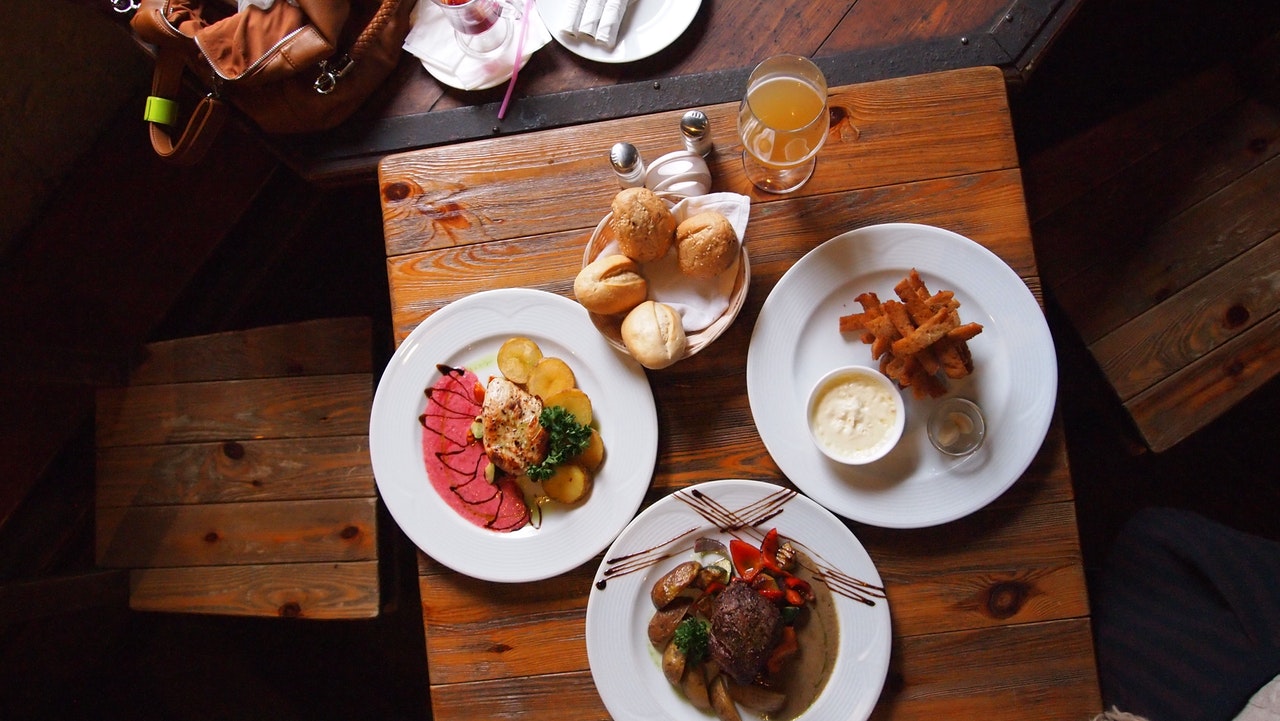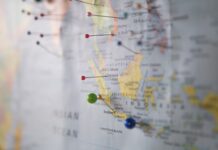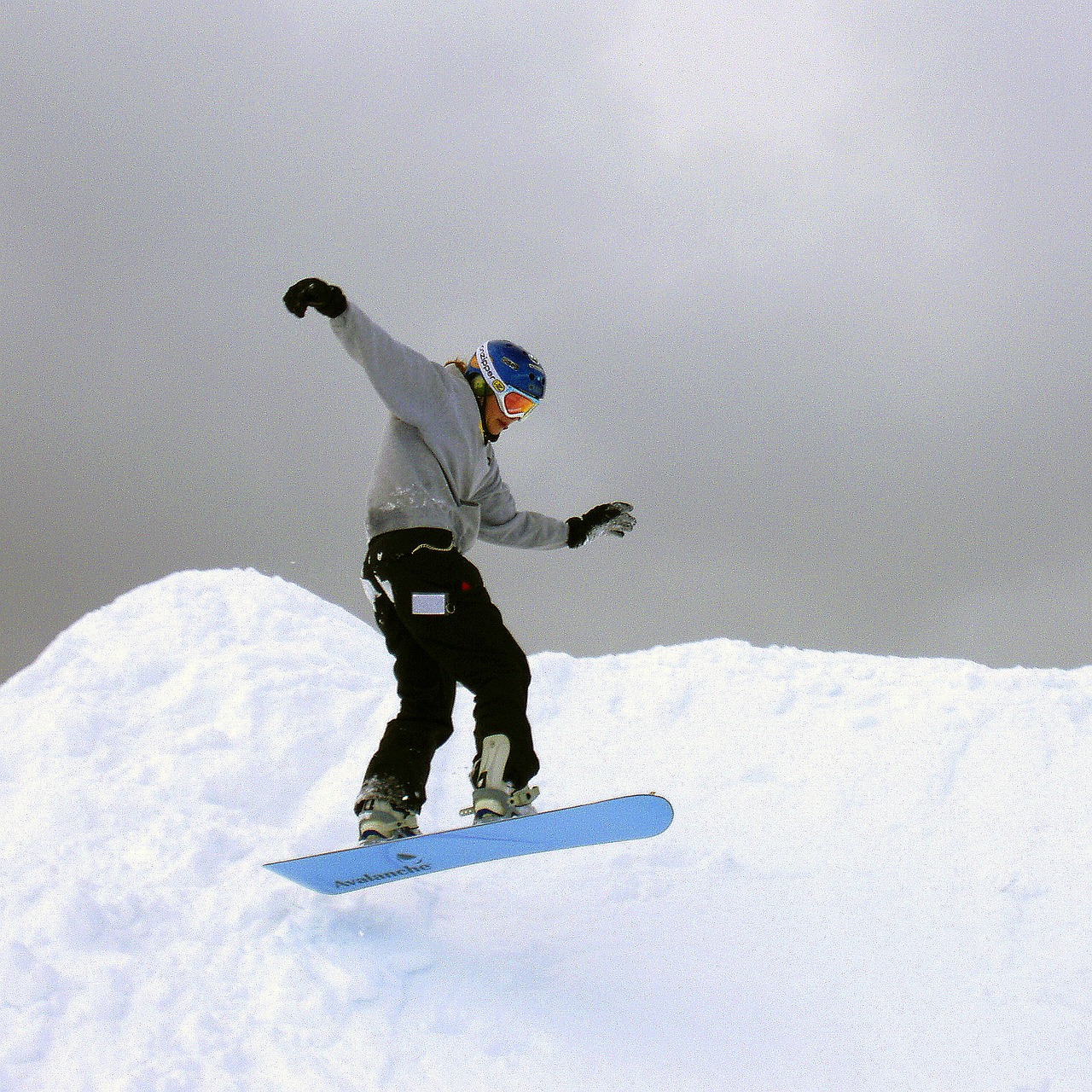So, your family is going on a road trip, and you want to do a website to share it with the world. But, you aren’t an IT professional. Not to worry. This doesn’t have to be that hard. Years ago, you pretty much needed to be an IT professional to pull this off. But not today.
Pre-Planning
When you go on your trip, take a digital camera with you and take an abundance of photos. That will give you a good selection from which to choose. You should also learn to do a little cropping. You do not have to do a lot of photo editing, but a good crop job can take an okay photo and make it a great photo.
You can either live blog the trip as you are traveling, or you can write it up after you come back. If you want to live blog it, you will need to pick a name and service before you go. If you want to do it afterwards, you can leave that for when you come home, if you wish.
Name It
Start by picking a catchy name, such as “The Adventures of the Adams Family” or “The Trent Family Trek.” Whether you plan to buy the dot com version of the name or go with the in-house URL for whatever service you select, longer names have better odds of not already being taken.
Choose Your Web Hosting and Theme
You can still get free web hosting options, such as BlogSpot or WordPress, or you can go with a paid plan, such as Square. Once you have a service, spend a bit of time picking your theme. Most likely, you will want a theme that works well with photographs.
Generally speaking, this means a theme that is not too cluttered. It doesn’t necessarily have to be a plain white or black background, but if you want people looking at the photographs, you do not want your theme to be too distracting. Some themes are optimized to work with photos. If you do not want to fuss with this too much, you can just go with one of those options.
These days, many platforms have built-in support for spell checking your writing, uploading photos and so on. BlogSpot also has built-in support for linking to a Google map at the bottom of the post so that you can show exactly where your photos were made.
Plan for Privacy
Take a few minutes to also consider privacy. Do you want this website public, for all the world to see? Or would you rather only share it with a select group of family and friends? It is often possible to set it up by invitation only.
If you decide to make it public, consider using only first names and think about the fact that it is public when deciding what stories to tell about your vacation. It may be humorous, but telling true stories about smoking marijuana or getting involved in potentially illegal shenanigans can come back to bite you. In fact, in some cases, it can result in getting into real trouble.
So, think before you post. It may be tempting to talk like you are telling personal anecdotes to your best friend, but you should remember that it is more like it is being posted to the front page of your local paper. If you do not want your boss, ex-wife or next-door-neighbor to know, then do not say it on the web.
It is fine to embrace the style of telling anecdotes to your best friend. Just make sure you are not making any privacy gaffs in the process. Consider not only your own privacy, but the privacy of other people you are considering talking about. A good website is one that doesn’t sour any of your relationships.
Focus On Places and Experiences
In light of that, it can help to focus more on places and events than on people per se when you write. Take lots of photographs of the places you go, the sights that you see, the natural beauty, the restaurants, the food you eat and so on. You can talk at length about those things without worrying about violating their privacy. In fact, the restaurant will probably welcome it as free advertising.
You can post beautiful photographs of the landscape, the skyline, and so on. You can talk about the food, the culture, and the experience without embarrassing anyone or putting them on the spot.
If you do want to talk about the food, take photos of the meals as they arrive at your table. Make notes that night on what it tasted like and how you experienced it. Make the notes as soon as possible after the event, while it is all still fresh in your mind. You can polish the writing later, but a good web memoir of your travels will capture the experience in some meaningful way. The best way to do that is to write down the pertinent details as soon as possible after the actual events.
Writing Style
Try to use active voice rather than passive voice. It will give more of a sense of immediacy. It will make the posts feel more alive and like they are speaking directly to the reader.
As much as possible, describe your experiences and use image-rich metaphors. Try to help your audience live vicariously through you, so they almost feel like your trip was their trip or so they feel inspired to go do some of the same things you did.
Pick an organizing scheme, whether it is one post per day or one post per meal or event. Keep to your organization scheme so people will know what to expect and how to relate to the site. But, most of all, make sure to have fun and to share it enthusiastically with your audience. Try to make them see what you saw, taste what you tasted, and feel what you felt.













